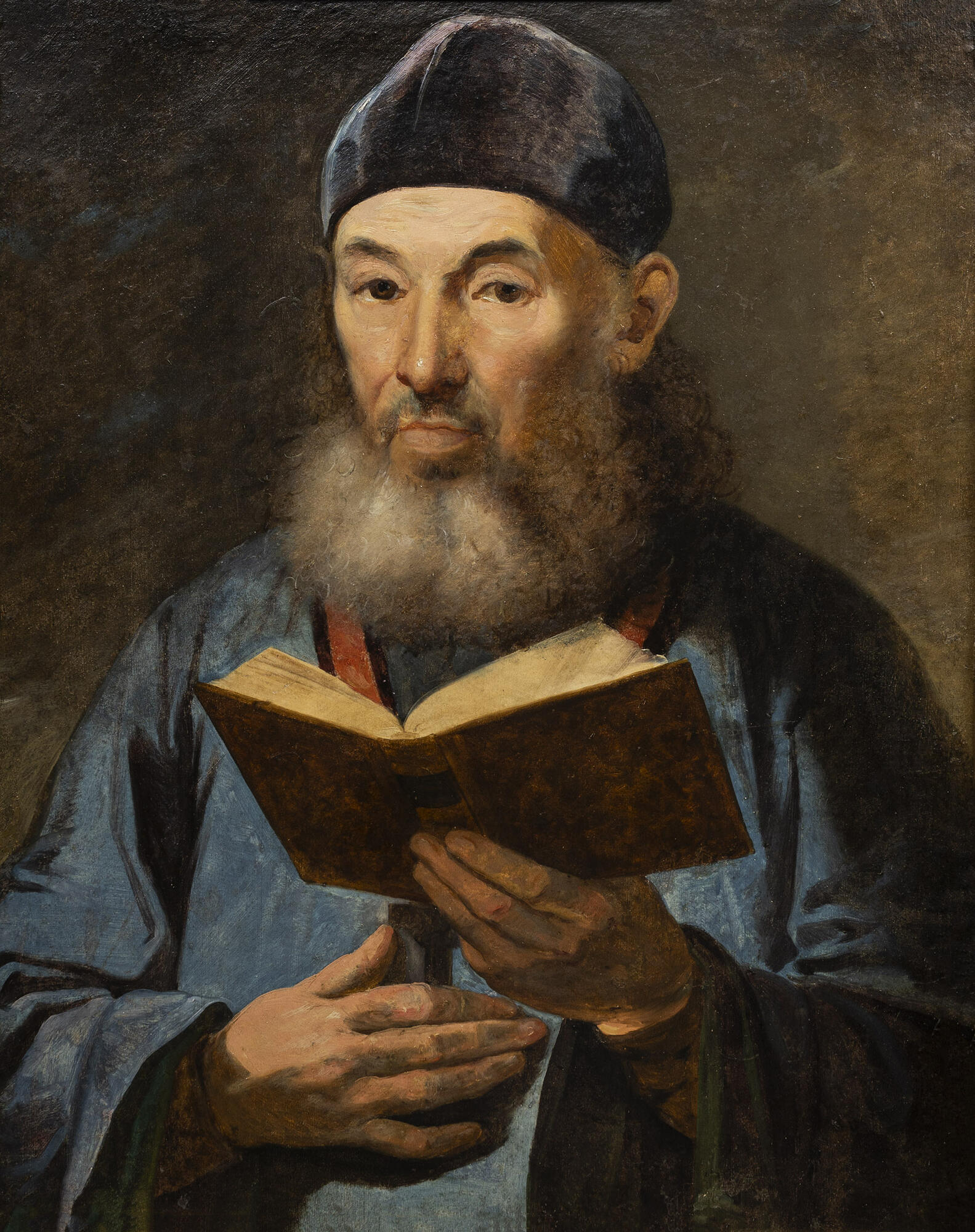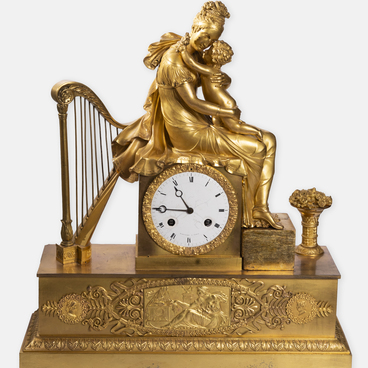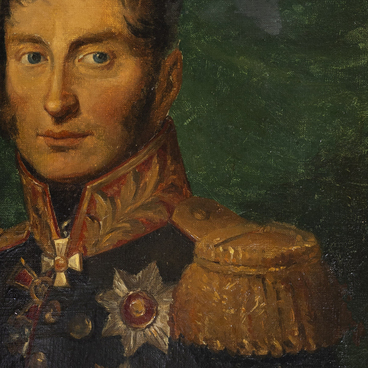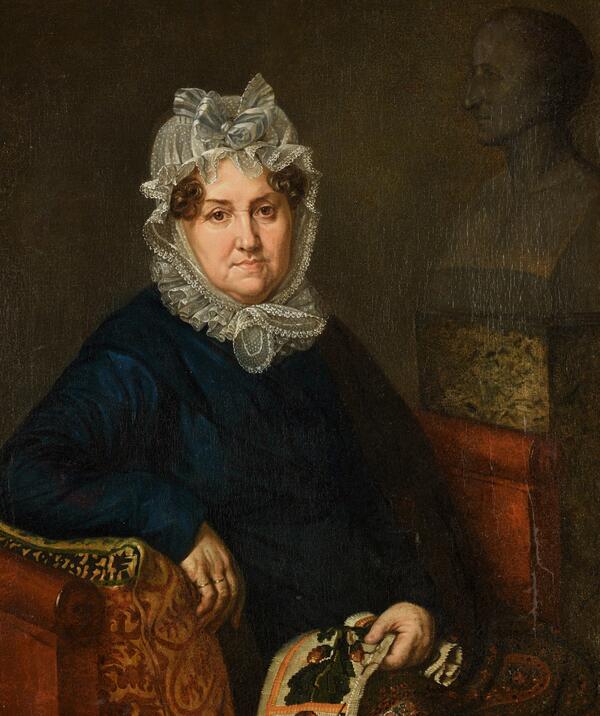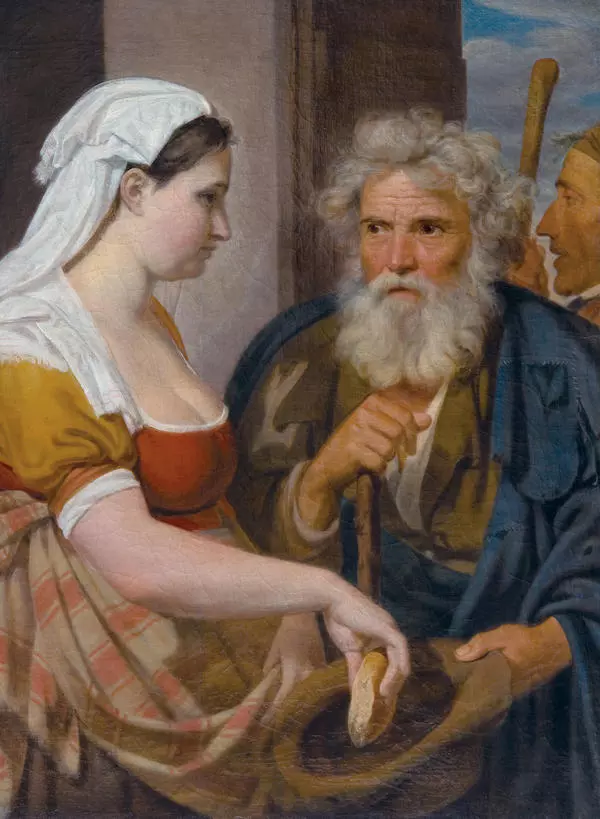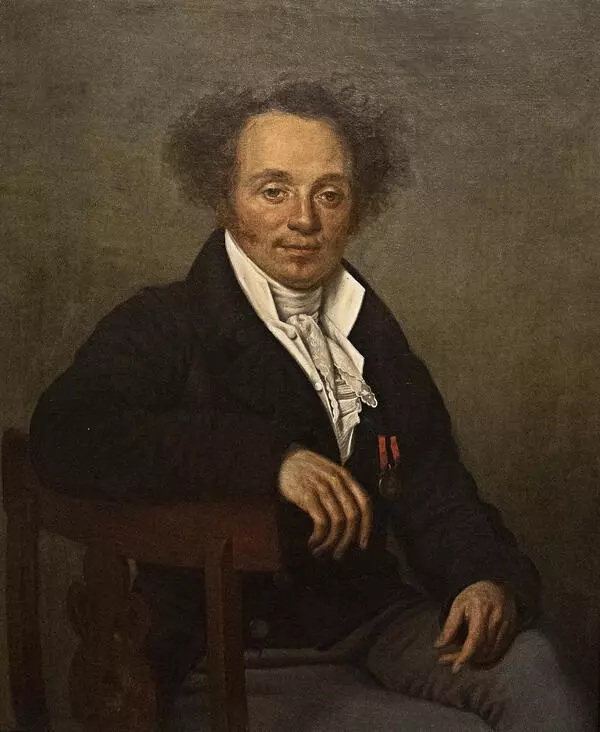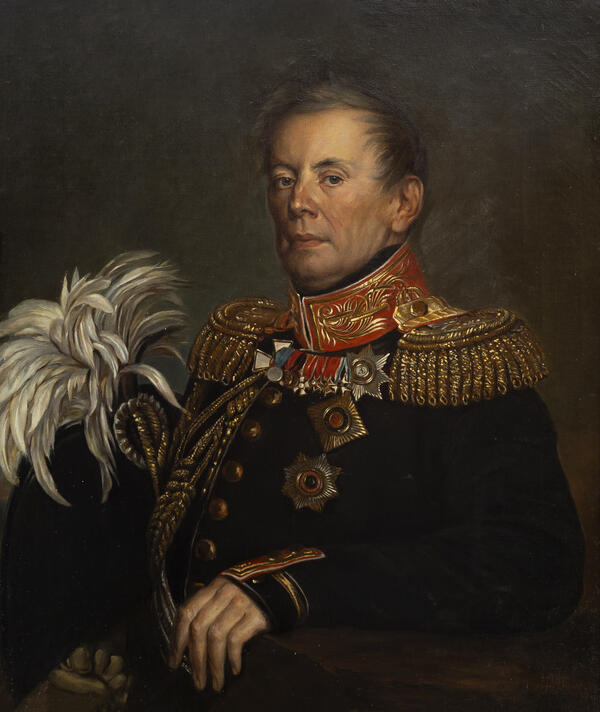In the army of the Russian Empire, the clergy played an essential role and constituted a special body that was subordinate to the chief priest of the army and navy. Each regiment had its own churches both at their station and during campaigns — they were transported on special carts. The clergy accompanied the units that were in their care in the battles.
Regimental priests often distinguished themselves in battles. Usually, for their service, including on the battlefield, priests received awards accepted in the Orthodox Church. At the same time, some of them were awarded pectoral crosses on military ribbons or even orders on a par with officers for their exploits.
For instance, the priest of the 19th Jaeger regiment Vasily Vasilkovsky, who led the soldiers in an attack in the Battle of Maloyaroslavets, was awarded the Order of St. George, 4th class. It was the most coveted military award of the Russian Empire.
At least eight regimental priests received various church and state awards for the Battle of Borodino. In 1814, a special pectoral cross was established in memory of the Patriotic War of 1812. It was worn on the ribbon of the Order of St. Vladimir. The issuance of such awards began only in 1818, which allows to determine the earliest possible time the presented portrait was painted.
In the 1810s, Alexander Grigoryevich Varnek was considered one of the leading Russian portraitists. He painted a number of portraits of generals and officers — heroes of 1812. His works are distinguished by a masterful, fine drawing, a soft and harmonious color palette, and the artist’s ability to convey the character of the model. All these features are present in the portrait of an unknown priest.
The artist skillfully built the composition of the painting. In his left hand, an elderly priest holds an open book, probably of spiritual content. With his right hand, he covers the award, trying not to draw one’s attention to it. The priest looks directly at the viewer.
Unfortunately, it has not yet been possible to establish the identity of the portrayed. It is also unknown whether he was a participant in the War of 1812. However, that year all priests contributed to the common victory, trying to foster a sense of patriotism and boost morale by preaching and reading the imperial manifestos.